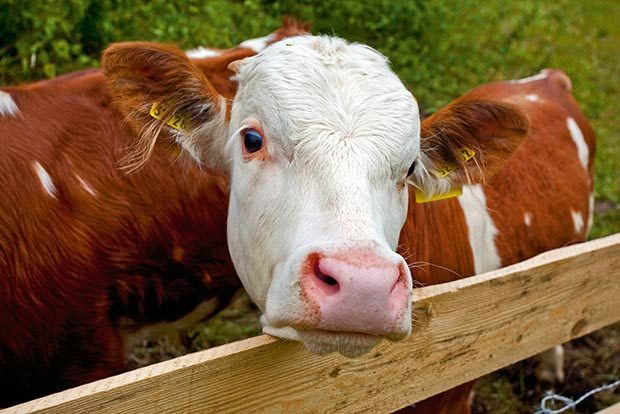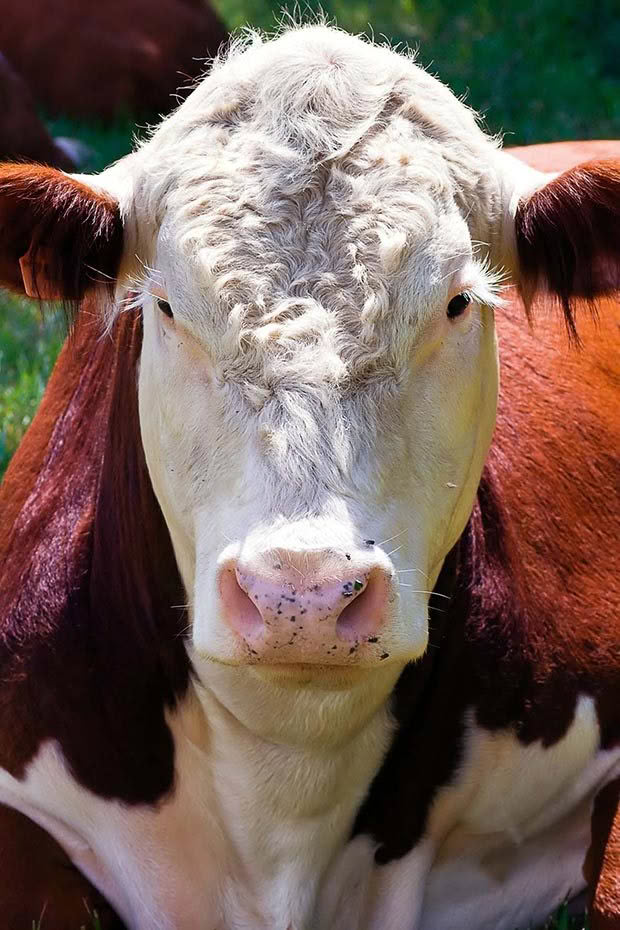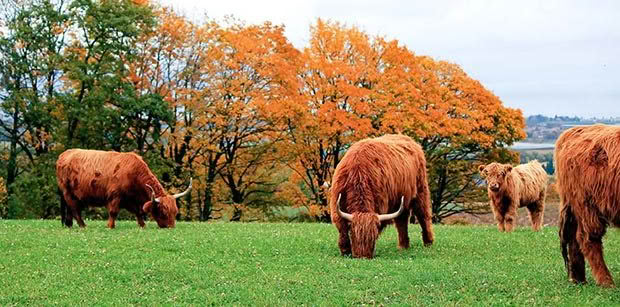Dr Clive Dalton’s cattle tips for Autumn

Caring for calves is the priority in autumn.
Words: Dr Clive Dalton
Calves and rising yearlings are the main priority in autumn as they need to be kept growing. Stunting growth has serious long-term effects, as contrary to popular belief they won’t catch up in time.
Try to keep them going at 0.5kg/head/day or better if there’s a good autumn flush of feed, but going into winter they probably won’t be able to maintain this. Borrow scales from your vet clinic.
Consult your vet if young stock start to scour and get thin, a state often called ‘autumn ill thrift’. Fresh green autumn pasture is very high in protein but very low in dry matter (DM) so some quality hay or silage will help digestion. With cattle scouring it’s easy to panic and assume they have worms and rush for a pour-on treatment.
This is a mistake, as you should check if worms are the problem by a FEC and then get your vet to recommend the best product to use. It may not be worms and overuse of anthelmintics will hasten drench resistance. There is already widespread resistance to Cooperia parasites in cattle.

Don’t be talked into stopping FE preventions because the nights may be cooling off. With frequent rises in spore counts over the season, the animals are highly sensitised to the toxin and it takes very little to cause more liver damage. Watch for ryegrass staggers in cattle (and horses). Lice can be a hazard for young stock and will stop them thriving. Lice seem worse on calves in poor condition, so check on the shoulder and around the tail for them.
A severe attack can kill calves and they’ll bite you too. Get vet advice about the best treatment, again to prevent resistance to chemicals developing.
Any thin cows will need building up again which means feeding supplements. It takes 280kg of dry matter (DM) to replace one condition score on a cow, above its daily maintenance requirement and that’s a lot of feed each day. If you don’t have it on the farm you face the cost of buying feed in or quitting stock.
Getting condition back on a cow can take much longer than you think so you need both time and the feed to reach the target body condition score (BCS) of 5 for calving which is a cow with fully rounded hips.
If you send any stock to the works, ask your vet to organise some liver sample tests to check for minerals and trace elements. Like a battery, these need building up before calving.
Cattle (other than calves) should not be grazed on new pastures as you risk pugging the soil. Consider building a stand-off area but ensure it meets local council regulations, and is not a source of effluent escape into waterways.

AUTUMN CATTLE TIPS
• Get rid of all stock that won’t contribute to next season’s income.
• Pregnancy test breeding cows to get an approximate calving date. Cull all empties.
• Cull all bulls on the farm that have finished their careers.
• If you have a major feed deficit in the feed budget, get rid of stock now or buy in feed now before prices rise.
• Never buy in hay or silage without checking it’s free from mould and weeds and is of good quality.
• Grazing the roadside is dangerous. Check your insurance.
• Avoid pugging pastures with large cattle and build a stand-off area. Don’t stand cattle on concrete.
• Cows that have had Facial Eczema or have wintered poorly will need extra help around calving, as they may be prone to metabolic diseases, eg milk fever, due to damaged livers. Consult your vet as they may also be copper deficient.
AUCKLAND FARM MANAGEMENT TIPS
• Keep farm records up to date, especially the farm diary. This is an important reference to compare each year’s management decisions and avoid repeating mistakes.
• Keep a regular check on the water pumps and troughs. Stock should not have to drink dirty water from dirty troughs.
• Fence off all waterways and do plan riparian planting.
• Check power fences for leaks and stray voltage on water troughs. Check earth pegs.
• Farm bikes don’t kill people, but increasing numbers of people use them to kill themselves and others. Don’t add you or your family to the statistics this autumn.
Love this story? Subscribe now!
 This article first appeared in NZ Lifestyle Block Magazine.
This article first appeared in NZ Lifestyle Block Magazine.
